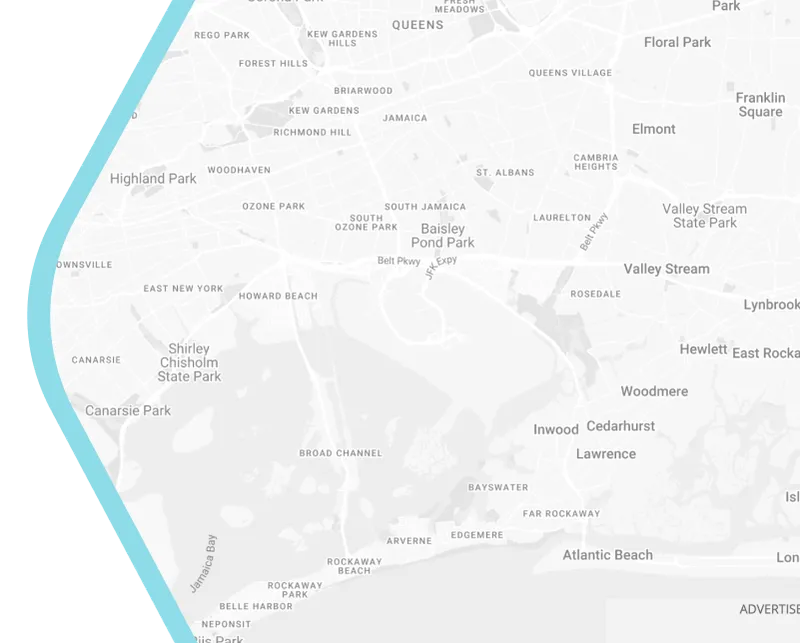
Child-friendly Smart City
Technological innovation and economic prosperity as objectives of Smart City cannot fully succeed without appropriate citizen and community support and participation. One substantial group of the citizens that is often overlooked are children. In the urban environment there is a tendency that the social and spatial experience excludes children's needs and wants. Children's wants and needs in the city are often not made explicit in the urban planning and strategies.
UNICEF has called for child-responsive urban planning by pushing for child-friendly public amenities, public space, transportation system and ICT network. These facilities should also be made universally accessible, affordable, safe and reliable for children. By designing and developing child-friendly cities, urban stakeholders participate in the attainment of the UN Convention on the Right of the Children which includes the right to protection, provision and participation.
Der Graaf (2020) suggests that to incorporate a child-friendly concept to our growing smart city, it is crucial to first and foremost acknowledge the concern and interest of children as part of the citizen. Further, it is important to engage with children directly as the city would engage with adults during any process of urban intervention. This is to prevent the use of data and sensors as their input for synthesising public policies, and avoid taking children ‘voice’ only through their digital use, as many smart cities would often rely on. Policy makers and city authorities should take into account children changing needs, behaviour and experience from children themselves as opposed through the adult discourse and adult agencies that ‘speak on their behalf’.
Reference:
Van Der Graaf, S. (2020). The right to the city in the platform age: child-friendly city and smart city premises in contention. Information, 11(6), 285.
